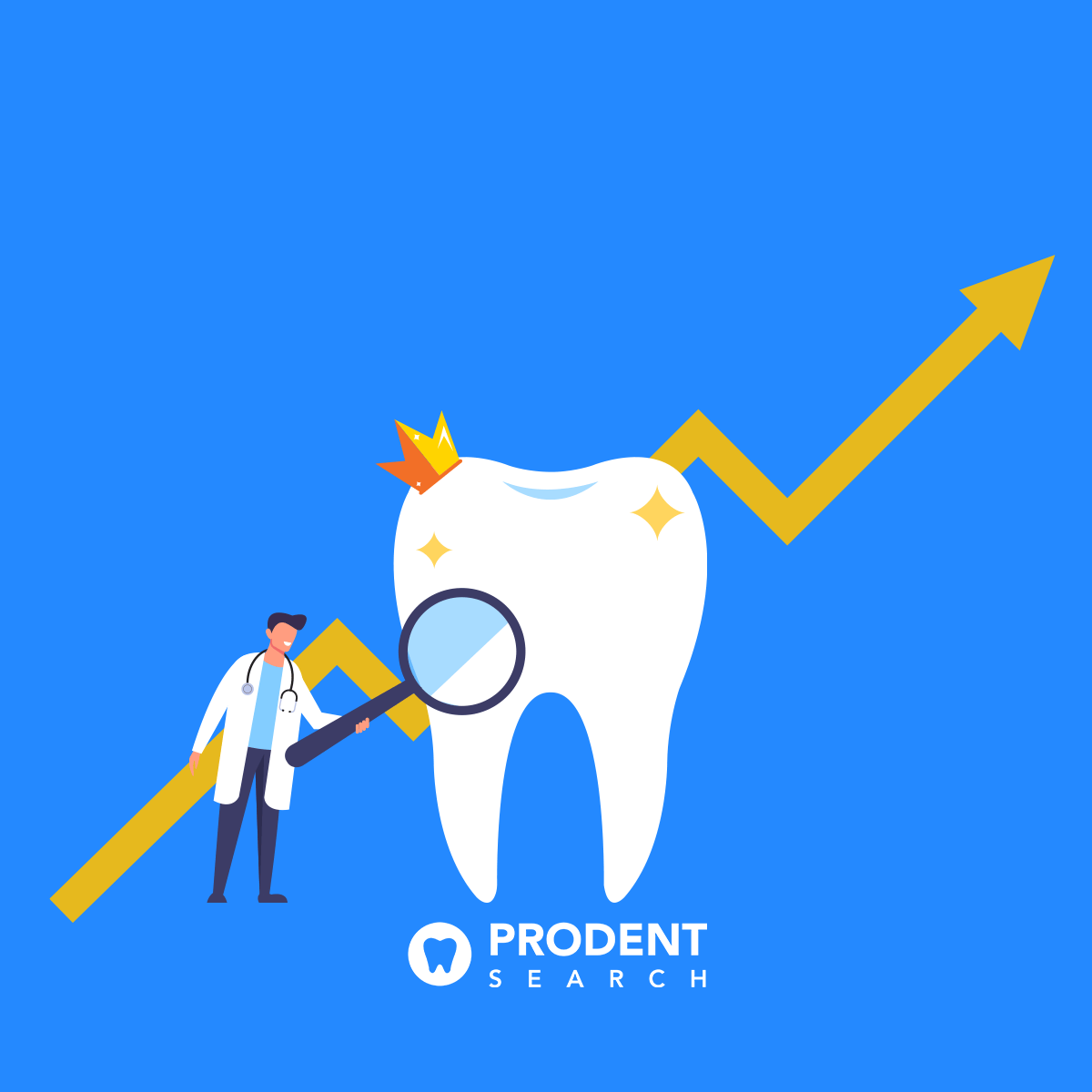In spite of the technological and management forces roiling the industry — and in part because of them — this is actually a good time to be a dentist. According to Precedence Research, global revenues from dental services are forecast to grow from $371 billion in 2020 to $699 billion by 2030, an 88% increase.
North America is the biggest dental services market, propelled by availability of services, fast adoption of technology and demographics. In the US, market growth will mirror the global 6.4% compound average growth rate to reach $196 billion dollars during this decade.
For dental practitioners, the questions are simple, though the answers may be complex: Will your practice grow in step with the overall market? Do you have the processes and the people in place to take advantage of that growth?
Driving Factors
The increase in revenue from dental services is being driven by a number of trends. Most are familiar themes, but there are some surprising new factors as well.
Access to care: The Centers for Disease Control estimates that about 65% of adults and 86% of children aged two to 17 had a dental visit in 2018, before the Covid pandemic. The number of dental offices in the US means more people have convenient access to care, which has also contributed to price competition for services.
Technology: New technologies such as 3D printing are making some dental services more widely available, faster and cheaper. Although dental surgical robots are barely out of the development stage, units like the Yomi implantology system are decreasing the time needed to perform implant surgery while increasing accuracy. Wider adoption of these technologies is expected to accelerate the demand for services and their availability.
Demographics: Geriatric patients are an obvious source of increased demand for services. The US population is aging, rapidly. According to the US Census Bureau, in 2020 there were 56 million Americans over 65 years of age. That number will increase by 30% — to 73 million — by 2030, at which time 21% of the population will be over 65. The number of people in other age groups — under 18, 18-44, 44-64 — will remain relatively static during the decade.
One thing to note, however, is that younger people are showing a greater interest in cosmetic procedures. So, while their numbers aren’t growing, the demand for cosmetic services may actually increase among younger patients.
Got Growth?
Do you have a plan to take advantage of the changes in the dental services market? Have you looked at the age composition of your local population, their needs, ability to pay and the kinds of treatments they want? The answers to those questions will help you assess what technology to buy, the number and type of practitioners to bring in and where and how to market your practice.
To DSO or not: One of the factors driving market growth is the availability of services, which has been increased by the proliferation of DSO clinics. Their popularity has fueled the growth in revenues, too. Remaining independent has its own risks and often big rewards, while affiliating with a DSO may give you access to practitioners, technology and marketing muscle that many practices can’t muster on their own.
Know your niche: Yes, you’ll treat anyone who makes an appointment of course, but where is your sweet spot — the patients whose needs fit your capabilities and processes? Look at the population and demographic projections for your market. A practice in an area attracting younger, tech-savvy knowledge industry workers will be equipped and staffed differently than one with a growing retirement cohort.
Get tech: People in the tech industry often refer to their “technology stack,” the various hardware and software applications they use for their business. Having a fine-tuned technology stack is essential to their success. It’s essential to your success too. Should you buy a 3D printer? What about advanced laser equipment? Text marketing? An online portal for patients? Again, look at the patients you treat and the patients you’d like to treat and evaluate your technology stack.
Staff to your plan: With an idea of how many patients you will treat, their particular needs and the procedures you’ll perform, create a staffing plan that anticipates what kinds of associates you’ll hire and about when you expect to need them. DSOs have an advantage here, too, as the loan of temporary associates and vigorous recruiting give them a larger pool to choose from.
Don’t discount Medicare: Depending on your local market, geriatric patients may not be your focus. However, the number of older Americans with Medicare Advantage plans that include some level of mandatory dental benefits is large and growing. Coverages vary between plans, and the percentage of the older population with Medicare Advantage plans with dental varies wildly by state. In 2020, the national average was 78%. However, while Louisiana had close 100% coverage, Wyoming had about 10%. The distribution of coverage is not obvious: California had about 40% coverage while Florida, Mississippi, Alabama and Oklahoma all had 90%+. Check with your state dental association to get a read on how widespread these benefits are in your market.
Please visit our insight page for further information.
- The 5 Phases of The Dental Career Path - January 4, 2024
- 7 of the Highest-Paid Dental Specialties in 2024 - December 22, 2023
- How to Reduce Dental Fears: 7 Ways to Increase Patient Comfort, Attendance, and Retention - December 15, 2023
Looking To Hire Top Dental Talent?
Dentists, Find Your Next Dream Job Here.





